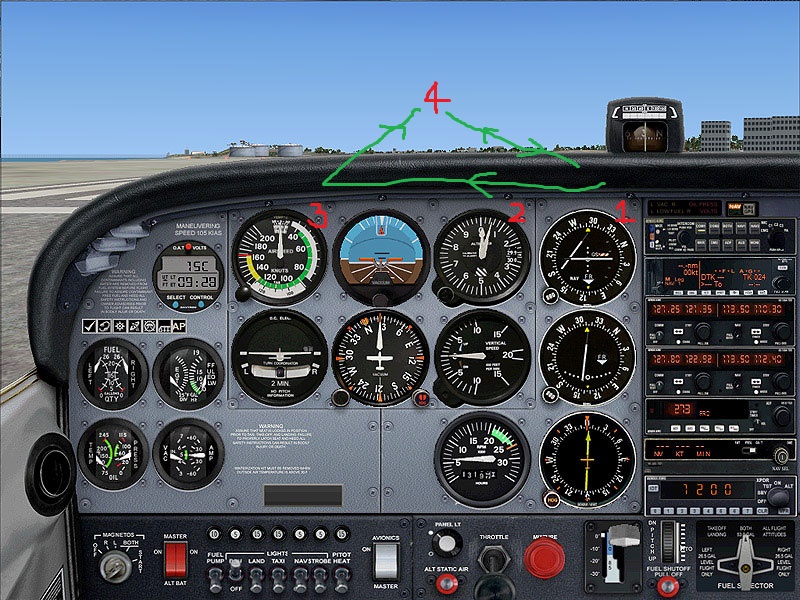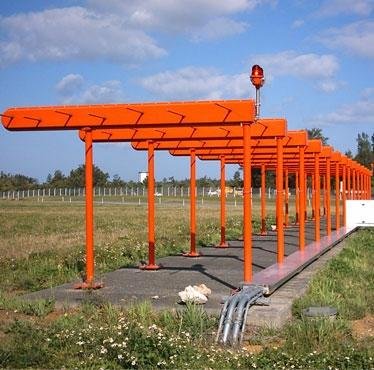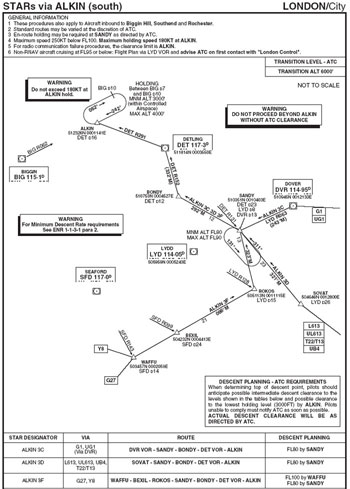
If this autopilot fails, the pilot flying still can take over control of the plane manually. For a successful automatic landing of the category one, a single autopilot equipped with a “fail-passive” system is sufficient. Well, of course! As I said before, an automatic landing is even mandatory in some instances. Here you can see both of the A320’s autopilots work! CATIIIc would, however, make landings with no visibility without any decision height possible. CAT IIIc: This category is not yet permitted.CAT IIIb: Now the fog gets really thick! CATIII requires a RVR of at least 50m and a maximum of 175m.CAT IIIa: CATIIIa requires a RVR of at least 175m and has a decision altitude of 0-100ft above the ground.For safety reasons, one mostly performs CAT III landings automatically with the autopilot’s help. If the visibility range is worse than 300m, an ILS landing of the category III is possible. The decision height lies between 100-200ft. CAT II: Let’s go right down to the business.

Good, that there are alternate airports, right? 😉 If the RVR is below 550m and the airport has no instrument landing system of the category II or III, the pilots have to abort the landing. CAT I requires a “runway visual range (RVR)” of more than 550m.


But what are those instrument landing system categories all about? CAT I, II and III are ILS categories and determine the decision height. Pilots only use this altitude in ILS-CAT I approaches. The classic barometric altimeter measures this altitude. Reaching decision height at Cologne Bonn Airport, Germany! CAT I, CAT II and CAT III!īeside the decision height, there is another altitude relevant in an instrument landing system, namely the so called “decision altitude”. Those factors could be, for instance, another aircraft not vacating the runway, or a grizzly bear enjoying the winter sun on the threshold. If the runway is not in sight when the pilots reach the decision height, or some other factor makes a safe landing impossible, the pilots aboirt the landing and initiate a go-around. This decision height is predtermined by some factors like the outside visibility. This point in time is the decision height. There is a time in every final approach, when the pilot has to decide wether to continue or abort the landing. Now I want to explain the so called decision height to you. We have learned quite a bit about the instrument landing system. The instrument landing system benefits the pilots in bad weather, since the autopilot of modern airplanes can use it to automatically land the aircraft! MINIMUM – The Decision Height! Of course, the PFD is also able to visually show the glidepath to the pilots.

At some airports, however, this angle can be as high as 5.5°, for instance at London City Airport. This path usually leads down to the runway in a 3° angle. The aircraft is on the ideal glidepath, if it flies right in the middle of those two signals. The glideslope employs a 90-hertz signal as a “too low” indicator and a 150-hertz signal as a “too high” indicator. The instrument landing system’s glideslope works in a very similar way. The flight deck’s primary flight display (PFD) can then show any deviation from the ideal flight path. The board computer now has the task to “find” this zero. The aircraft is on the ideal course to the runway, if the difference of those two localizer frequencies is equal to zero. The first two frequencies, sent by the localizer, superimpose each other. A third frequency can then be tuned in the flight deck. This system transmits two signals to the left and the right of the runway in different frequencies. The localizer antenna arrey is located exactly 300m behind the runway. Instrument landing at Nuremberg, Germany, using the ILS!


 0 kommentar(er)
0 kommentar(er)
